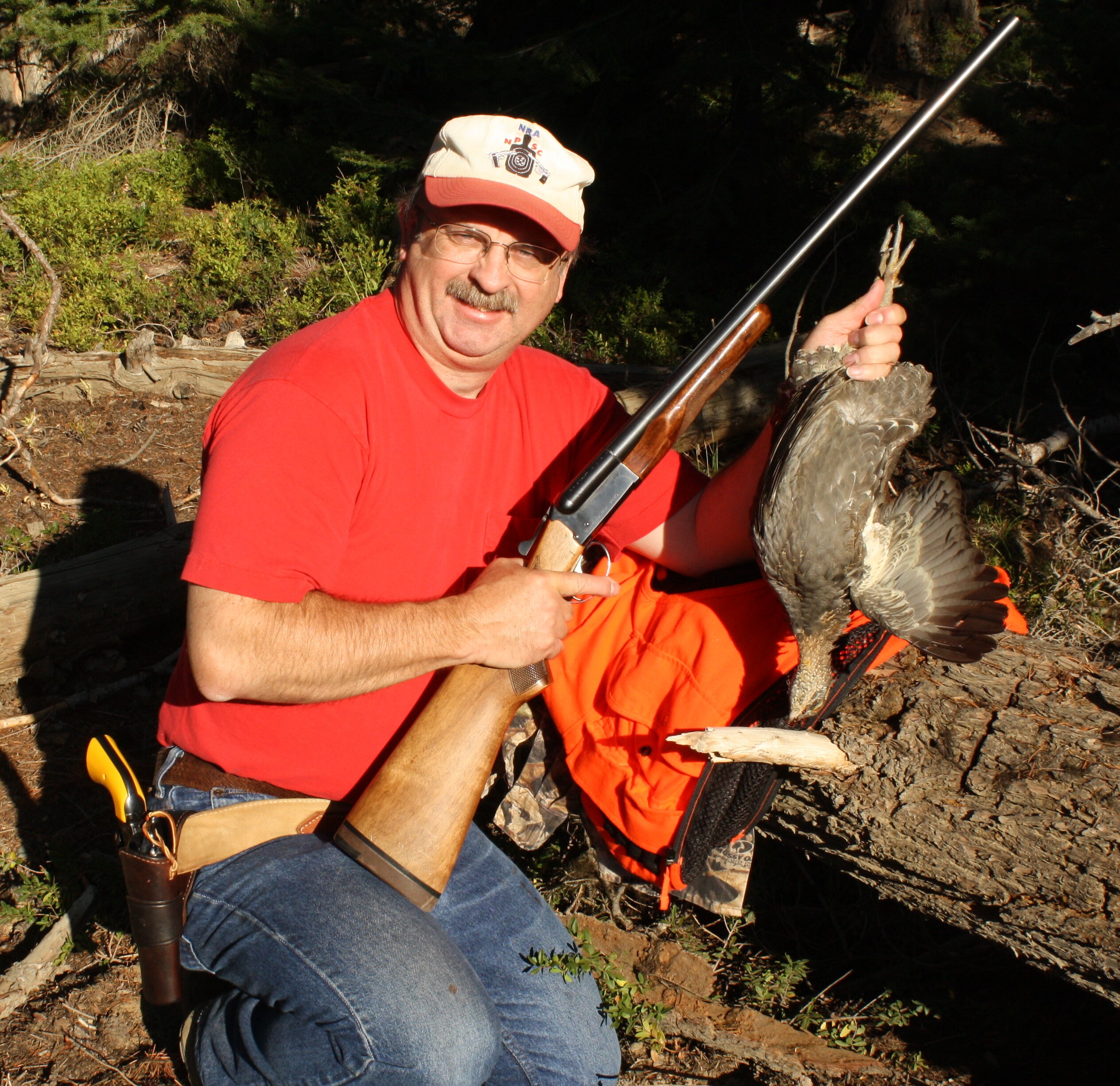
By Dave Workman
Editor-in-Chief
My affection for double-barrel shotguns goes way back to my youth, and the first firearm I ever bought at retail was a slightly-used side-by-side Beretta 12-gauge Silver Hawk that fit me like the proverbial glove.
It’s got an English-style straight checkered grip, splinter forearm, deeply blued fixed-choke 28-inch barrels (full/modified), nickel receiver with modest scrollwork, double triggers, an unusual Monte Carlo comb, curved recoil pad and glass-smooth bores that have never let me down.
I found it on a rack at the old Chet Paulson’s gun shop in uptown Tacoma when I was 19 years old. I was shopping for a S/S smoothbore because my old single-shot Harrington & Richardson 16-gauge was something of a beater, and I had a job, could afford to buy my own shotgun and my interests never went to fast cars.
The old guy at the counter had taken the gun in on trade from some fellow who apparently didn’t like it. The price tag was remarkably low for a Beretta that obviously had a special-order stock, and a glance through the barrels showed it had not been used much.
I made a down payment, bought a sheepskin from Tandy and built a case. I picked up the gun on the Friday right before that year’s grouse opener, and the next day started shooting fool hens.
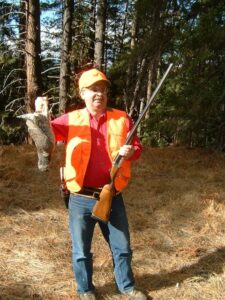
Seems Natural
The double-barrel shotgun seems natural to me. Sure, I’ve got a 12-gauge pump and a 3 ½-inch 12-gauge semi-auto which is rarely out of the gun safe. But double guns get used a lot, and I own more than one, with bores in 12 and 20 gauge and .410, all but one with double triggers.
In my early 20s, I shot both grouse and pheasants with the Beretta, and went through several boxes of high-base No. 6s, which pattern rather well. I’ve also used Bismuth shells and discovered this non-toxic shot alternative works very well through the gun’s fixed chokes. It hits hard and patterns nicely, and I’ve got enough Bismuth shells to allow hunting pheasants or chukar in regions where lead shot is prohibited.
My best friend at the time, the late Bob Johnson, also acquired a rather heavy 12-gauge S/S. It was much heavier than my gun, and it was also deadly in the grouse woods.
I liked the 12-gauge for its knockdown power on large blue (dusky or sooty) grouse that grow in my part of the country. These are the legendary “fool hens” that can drive you nuts because they will sit still or just wander along the side of an old logging road, daring you to pull a shotgun before they explode into flight, usually to the nearest tree limb. I’ve killed many a dumb bird under such circumstances, with .22 pistols or with the shotgun when it was all I had.
Once when I was on a pheasant hunt in south-central Washington overlooking the Columbia River, the guide had never fired a double-barrel shotgun. With my last shell in the gun, he put up a ringneck and clobbered it on a straight going-away shot. The hunt was over as I had no shells left in my vest. But, I had a limit as did my hunting partner, and we all went home with birds in the bag.
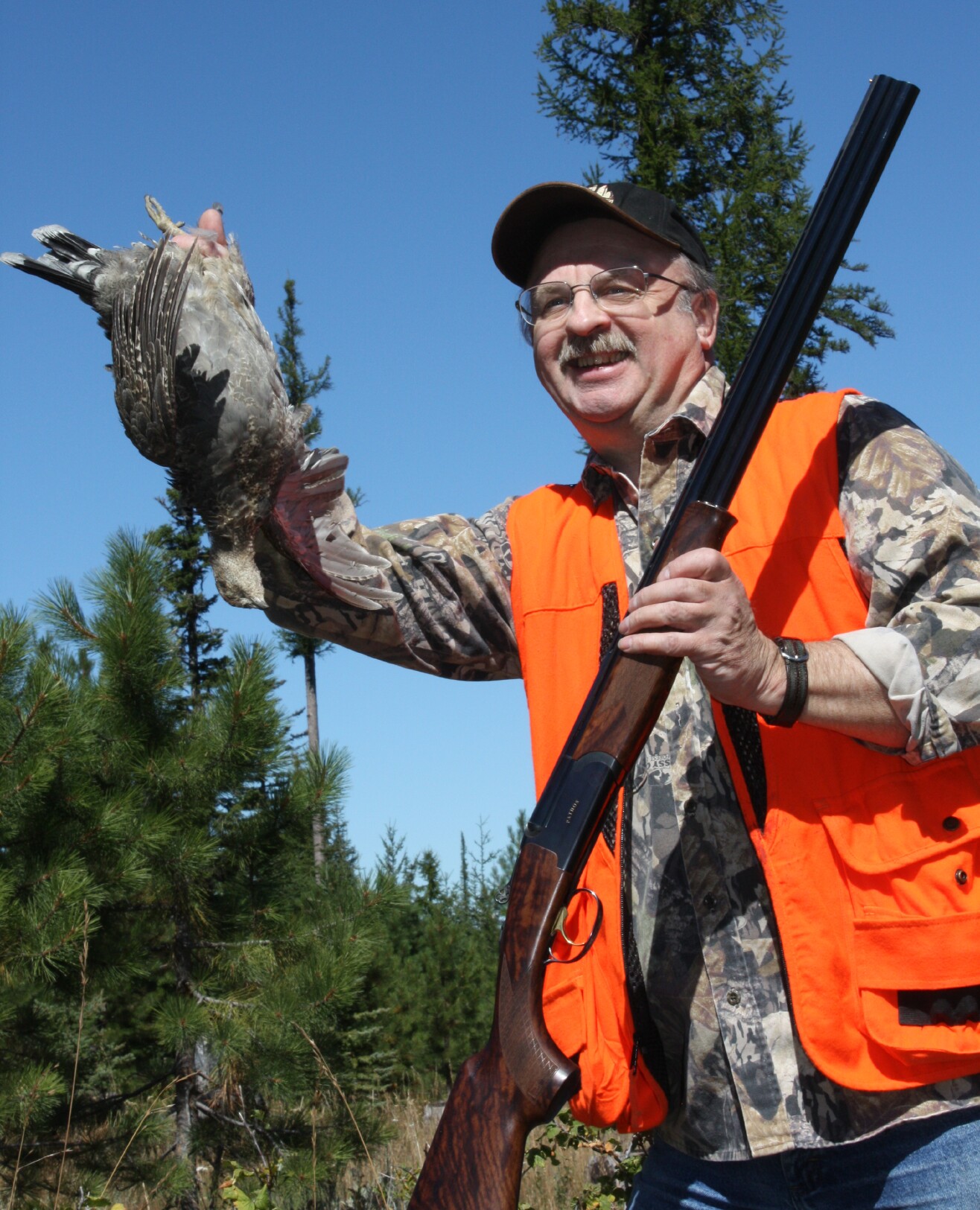
A year or so after leaving the old Fishing & Hunting News to come aboard as senior editor at GUN WEEK, I quite by chance acquired a Stoeger S/S shotgun in 20-gauge. I’d never cared to own a 20 before, but about six weeks later, I took it along on opening weekend of that year’s deer season.
The Stoeger Uplander is also a fixed-choke smoothbore (full/modified) with double triggers, a rather plain hardwood stock that had been stained dark brown, richly blued barrels and receiver, a rather lousy recoil pad which I promptly replaced, and barrels that needed a good cleaning. Once I ran a bore brush down the tubes, they sparkled.
My hunt took me to the high ridge separating northern Chelan from southwestern Okanogan counties on the north slope overlooking Lake Chelan. There, I encountered two of the absolutely dumbest blue grouse ever to walk the earth, which they stopped doing after I came along.
Looking for a place to camp, I locked into 4-wheel-drive and headed out along what was someone’s excuse for a logging spur and hadn’t gone a hundred feet before there in front of me was a big fool hen dawdling along the dusty track. I stopped, pulled the 20-gauge from its case, loaded a couple of shells—all the while this moron bird was slow-pacing its way to nowhere—and crept up a few yards before cutting loose just as the grouse was getting off the ground.
The bird went into my cooler next to a bag of ice, and I returned to my search for a campsite.
About 30-45 minutes later, I was back on the same crummy road and discovered another grouse trotting along in essentially the same tracks as the first bird; equally lethargic, seemingly oblivious to my presence, so I quickly went through the same motions and put this unfortunate fowl in with his stupid sibling. (They had to be related, I reasoned. Such stupidity had to be a family trait!)
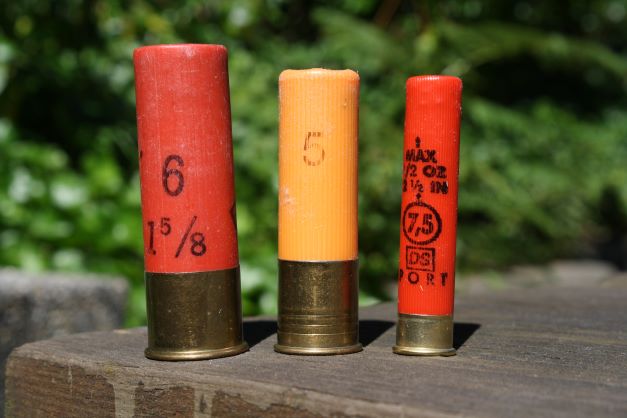
Two More in the Safe
Years have a habit of streaking by all too swiftly, and about ten years ago, I finally bought a .410 shotgun, also a Stoeger Uplander, about which I wrote last month.
It also has double triggers, fixed full chokes, deeply blued barrels and receiver, the same darkly-stained plain hardwood stock and forend, and it has bonked some fat birds. It was a test gun about which I wrote in a now-defunct firearms periodical, and it’s purely a joy on a hunt because it weighs about 6 pounds, doesn’t recoil hardly at all, and it isn’t prone to making a mess of a bird.
Then, about three years after that purchase, a buddy talked me into doing a field test on a Franchi over-and-under model called the Instinct SL, and I suddenly grew affectionate toward the O/U platform, especially in 20-gauge. At the time—opening weekend of that year’s grouse season—I was also testing a 12-gauge import from another company, which also proved to be a decent bird buster, so by the time the weekend wrapped up, I was convinced another double-gun was in my future.
I contacted a guy at Franchi, asked him to send me a 20-gauge test gun—a different version of the Instinct with a color-case receiver rather than one with the aluminum receiver like my pal bought—and he did. This particular specimen had already been on one test hunt—to Africa, he said—and it hadn’t even been cleaned up. I went to work with a bore brush and Hoppe’s No. 9, rubbed down the exterior metal surfaces, wiped down the wood and used an aerosol cleaner to get into the hard spots, followed by a drop or two of gun oil.
This Instinct L has vent rib barrels with a fiber optic front sight, interchangeable flush choke tubes, a single selective trigger, automatic ejectors and Grade A walnut Prince of Wales-style stock with a curved grip and nice checkering on the grip and forearm. In short, it’s an upland bird hunter’s delight. It carries well, swings fast and puts them down for the count. It takes both 2 ¾- and 3-inch shells, and hits the scale at just over 6.5 pounds.
I would have liked to get the gun with 26-inch barrels instead of the 28-inchers, but at the time, that was the only barrel length offered.
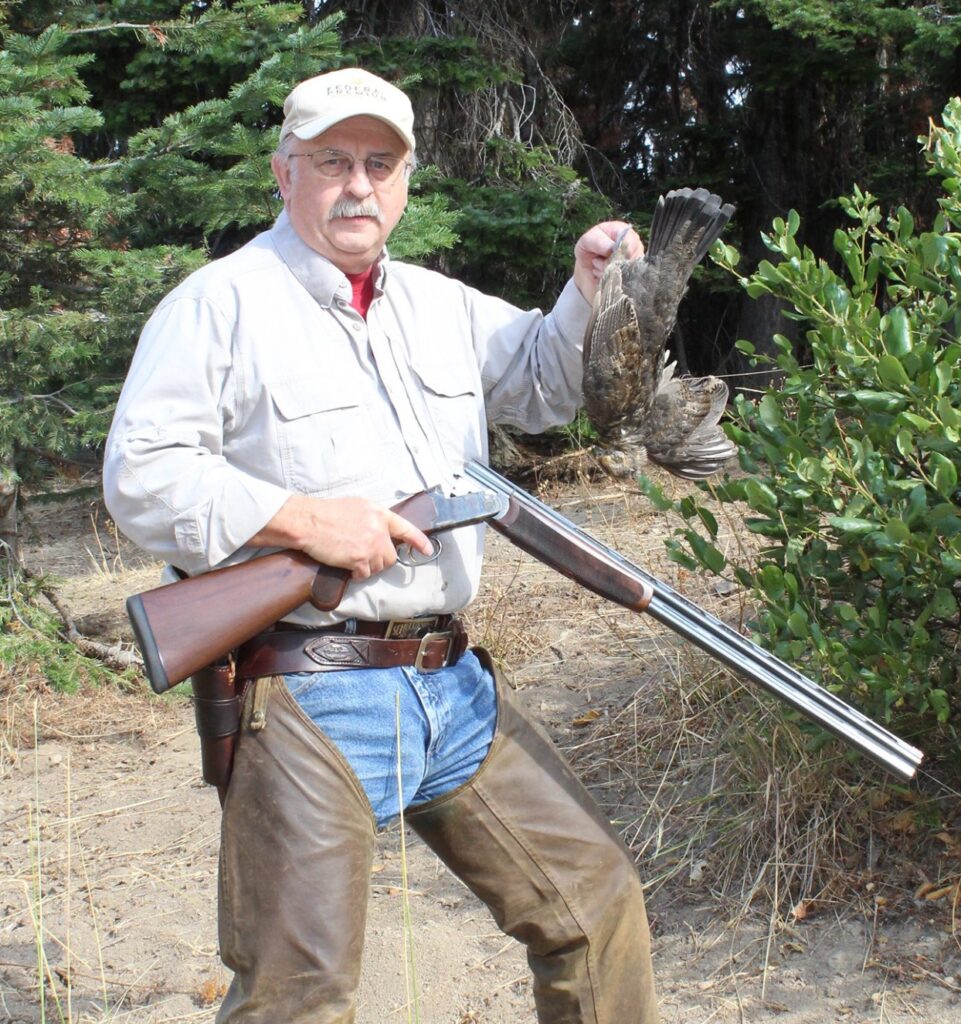
Double Guns Rock
No offense to fans of pump guns and semi-autos, I believe double-barrel shotguns simply rock. You’re limited to two shots, so you need to learn to make them count. Most of my kills have been with one shot, unless I was blasting at two birds, and in my experience, double-barrel shotguns are lighter in weight because they do not have all the internal hardware required for pumps and self-loaders.
Because they don’t have the longer receivers housing all an elevator and bolt, they are usually shorter overall.
And, hunting with a double-barrel shotgun is just plain fun. If your wingshooting skills need improvement, the double gun will let you know pretty fast. Some people who are used to shooting pumps and semi-autos—and do it very well—can get a bit off their game by using a double, especially a S/S because they’re not used to working with “regulated” barrels; that is, barrels that may appear parallel but are actually on a slightly-tapered alignment, placing shot charges from either barrel on a line of fire that converges at some point, typically at 40 yards. I burned up a fair number of shells in my youth figuring this out, and during the process I still managed to put birds in the bag and break a fair number of clay targets, and it was fun!
Hunting with double-barrel shotguns can be humiliating, intimidating and exhilarating, sometimes all at once. Someday, it may drive me to drink, at which time I’ll slam a clenched fist down on the bar and declare, “Make mine a double!”



